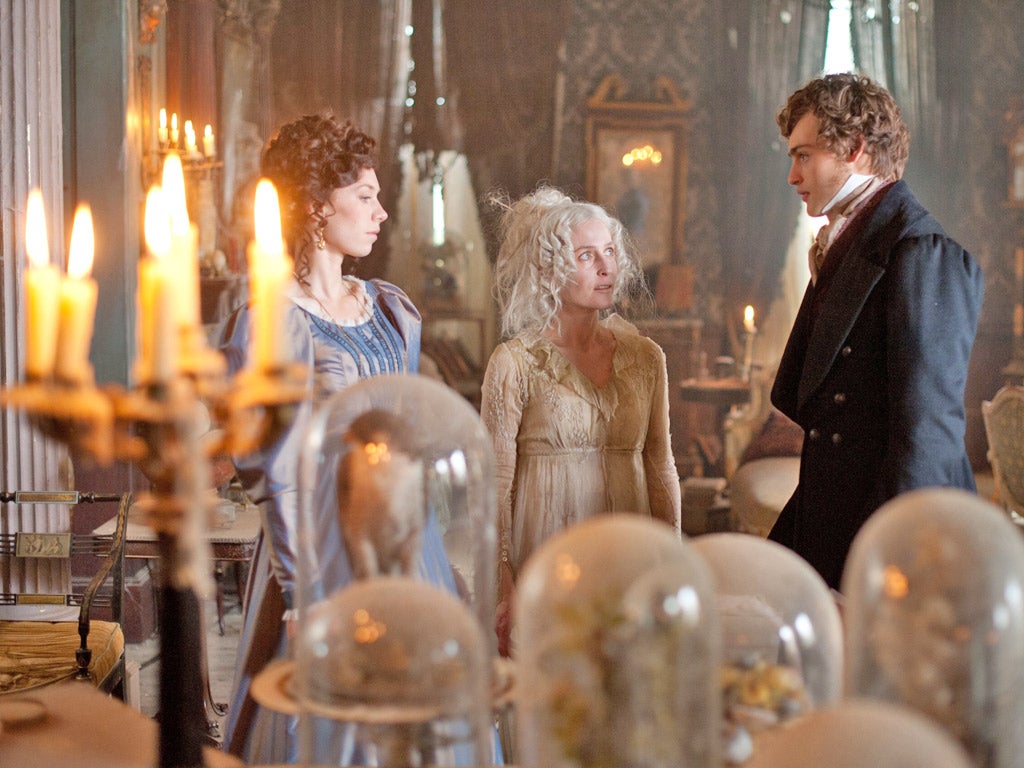
Charles Dickens’s great-great grandson has backed an amateur sleuth’s claims that he has discovered the real-life inspiration for the author’s character Miss Havisham.
The gothic character, who appears in Dickens’s 1861 novel Great Expectations, is a wealthy spinster, once jilted at the altar, who insists on wearing her wedding dress for the rest of her life.
She lives in a ruined mansion with her adopted daughter, Estella, and was described by Dickens as looking like “the witch of the place”.
Miss Havisham has been depicted on screen by Helena Bonham Carter and Gillian Anderson, and will soon be played by Olivia Colman in a forthcoming BBC adaptation, but many have tried to figure out her true identity over the years.
Now, a cottage owner in the Isle of Wight called Alan Cartwright has claimed Miss Havisham could have been based on a woman named Margaret Dick.
She had lived on the island – where Dickens regularly visited – and had become a recluse after her she was jilted in 1860. She lived in an attic with a trap door through which food was brought to her.
Dickens dined with Dick in Bonchurch in the years running up to 186. The next year his novel was published. It transpired that Dick’s neighbour was called Miss Haviland.

Cartwright said he was researching the area when he came across a pamphlet that mentioned the novelist’s dining companions.
He told MailOnline: “It’s one coincidence too many – she knew him, was jilted, and the fact that it was all written in about 1860 when Miss Dick was left at the altar.
“And Havisham and Haviland is such a close switch, he often played around with names. Margaret Dick lived an isolated life but we have concluded that it must have been her.
“The discovery has been wonderful for me, for someone who is not a historian.”
Dickens’s great-great grandson and president of the Dickens fellowship, Ian, 66, said: “He would have been aware of Miss Dick being jilted. She was certainly an important inspiration. It’s exciting. Fascinating.
“She is certainly within that character. As an artist, you take elements from lots of people. But because they were friends it’s too big a coincidence not to think that she influenced it.”
Other theories over the years have been that Miss Havisham was an Australian woman, Eliza Emily Donnithorne, who was thought to have been left at the altar, where she waited for her husband to return until she died.
Dickens also met a rich recluse called Elizabeth Parker while staying at Shropshire’s Havisham Court.







